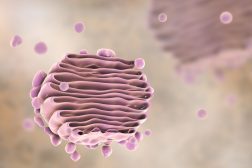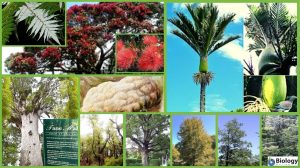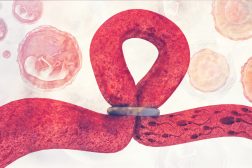Definition
noun, plural: choanomastigotes
(protistology) The developmental stage or the morphological form in the lifecycle of the genus Crithidia characterized by the presence of a collar-like extension surrounding the anterior through which a single flagellum emerges
Supplement
The genus Crithidia includes members of the parasitic trypanosome protozoans. The genus belongs to the family Trypanosomatidae, which is characterized by possessing a single flagellum arising from a kinetosome near which is located a kinetoplast.1 Crithidia, as member of the family Trypanosomatidae, has members that show different forms and developmental stages. They pass through the amastigote and the choanomastigote stages. The choanomastigote stage is that which the cell body is characterized by possessing a collar-like extension surrounding the anterior through which a single flagellum emerges. It is the definitive form of certain Crithidia species that live in the digestive tract of invertebrates, mainly insects.
The choanomastigate pertains to the barleycorn stage of the members of this genus.1 It is also distinguished from other developmental stages of the members of the family Trypanosomatidae by the antenuclear kinetoplast and one in which the distinctive flagellum arising from it emerges to the exterior through a wide funnel- or collar-shaped reservoir.1
Compare:
See also:
Reference(s):
1 Cheng, T. (1986). General Parasitology. Burlington: Elsevier Science.







